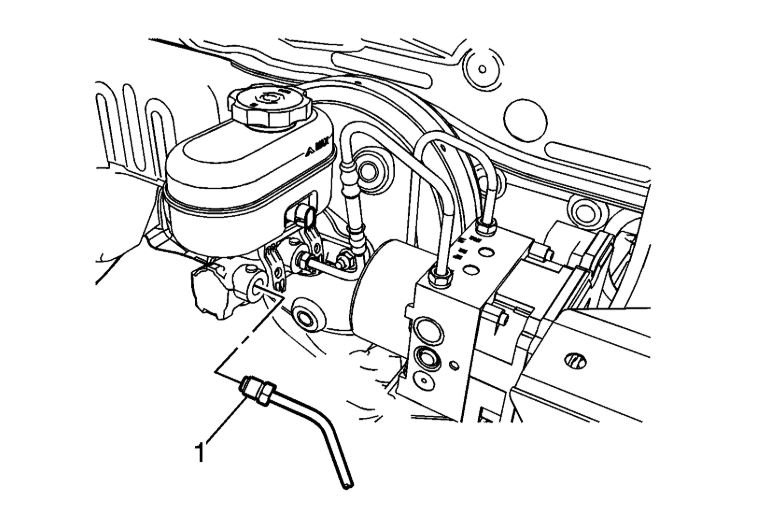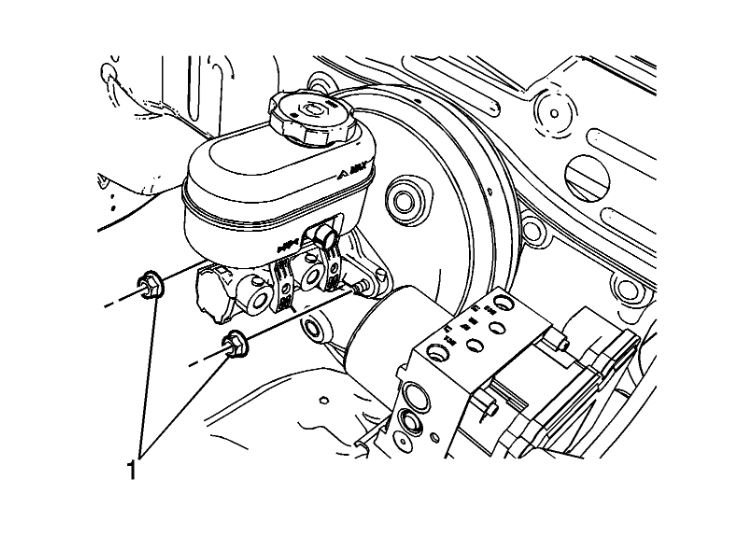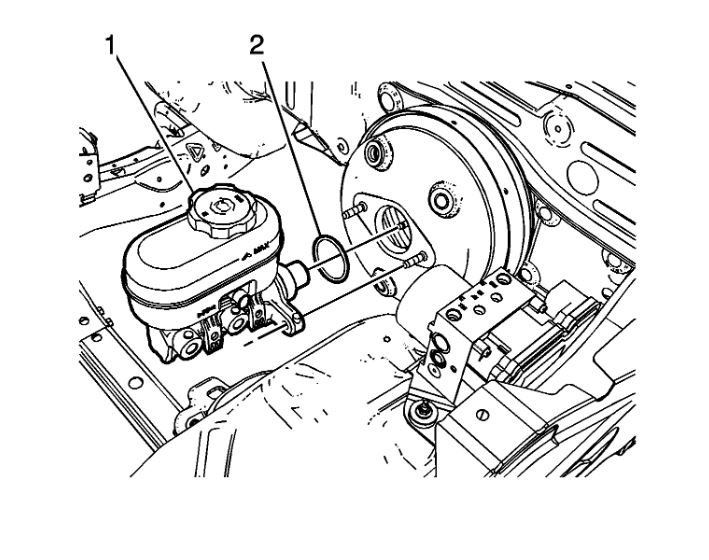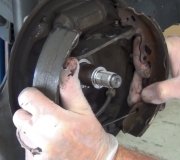Good morning,
This sounds like the master cylinder is failing. The seals internally are not holding.
https://www.2carpros.com/articles/brake-pedal-goes-to-the-floor
I would replace the master cylinder and flush the old fluid out of the system dirty fluid is what caused the seals to fail.
https://www.2carpros.com/articles/how-to-replace-a-brake-master-cylinder
https://www.2carpros.com/articles/how-to-bleed-or-flush-a-car-brake-system
You are going to need to bleed the system when you are done. I attached the procedure for you to bleed the ABS. You must do it with a scan tool.
Roy
Antilock Brake System Automated Bleed
Caution: Only use products that comply with GM specifications and check manufacturer information respectively. We recommend the use of GM genuine products. Instructions must be followed at all times. The use of any type of fluid other than the recommended type of brake fluid, may cause contamination which could result in damage to the internal rubber seals and/or rubber linings of hydraulic brake system components.
Caution: Refer to Brake Fluid Effects on Paint and Electrical Components Caution See: Brakes and Traction Control > Vehicle Damage Warnings > Brake Fluid Effects on Paint and Electrical Components Caution.
Note: The base hydraulic brake system must be bled before performing this automated bleeding procedure. If you have not yet performed the base hydraulic brake system bleeding procedure, refer to Hydraulic Brake System Bleeding (Pressure) See: Brake Bleeding > Procedures > Hydraulic Brake System Bleeding (Pressure) before proceeding.
1. Install a scan tool to the vehicle.
2. Start the engine and allow the engine to idle.
3. Depress the brake pedal firmly and maintain steady pressure on the pedal.
4. Using the scan tool, begin the automated bleed procedure.
5. Follow the instructions on the scan tool to complete the automated bleed procedure. Release the brake pedal between each test sequence.
6. Turn the ignition OFF.
7. Remove the scan tool from the vehicle.
8. Fill the brake master cylinder reservoir to the maximum-fill level with Delco Supreme 11(R) GM P/N 12377967 (Canadian P/N 992667) or equivalent DOT-3 brake fluid from a clean, sealed brake fluid container.
9. Bleed the hydraulic brake system. Refer to Hydraulic Brake System Bleeding (Pressure) See: Brake Bleeding > Procedures > Hydraulic Brake System Bleeding (Pressure).
10. With the ignition OFF, apply the brakes 3-5 times, or until the brake pedal becomes firm, in order to deplete the brake booster power reserve.
11. Slowly depress and release the brake pedal. Observe the feel of the brake pedal.
12. If the brake pedal feels spongy, repeat the automated bleeding procedure. If the brake pedal still feels spongy after repeating the automated bleeding procedure inspect the brake system for external leaks. Refer to Brake System External Leak Inspection See: Hydraulic System, Brakes > Component Tests and General Diagnostics > Brake System External Leak Inspection.
13. Turn the ignition key ON, with the engine OFF; check to see if the brake system warning lamp remains illuminated.
14. If the brake system warning lamp remains illuminated, DO NOT allow the vehicle to be driven until it is diagnosed and repaired. Refer to Symptoms - Hydraulic Brakes See: Hydraulic System, Brakes > Symptom Related Diagnostic Procedures > Symptoms - Hydraulic Brakes.
15. Drive the vehicle to exceed 13 kph (8 mph) to allow ABS initialization to occur. Observe brake pedal feel.
16. If the brake pedal feels spongy, repeat the automated bleeding procedure until a firm brake pedal is obtained.
Images (Click to make bigger)
Wednesday, May 13th, 2020 AT 5:47 AM





